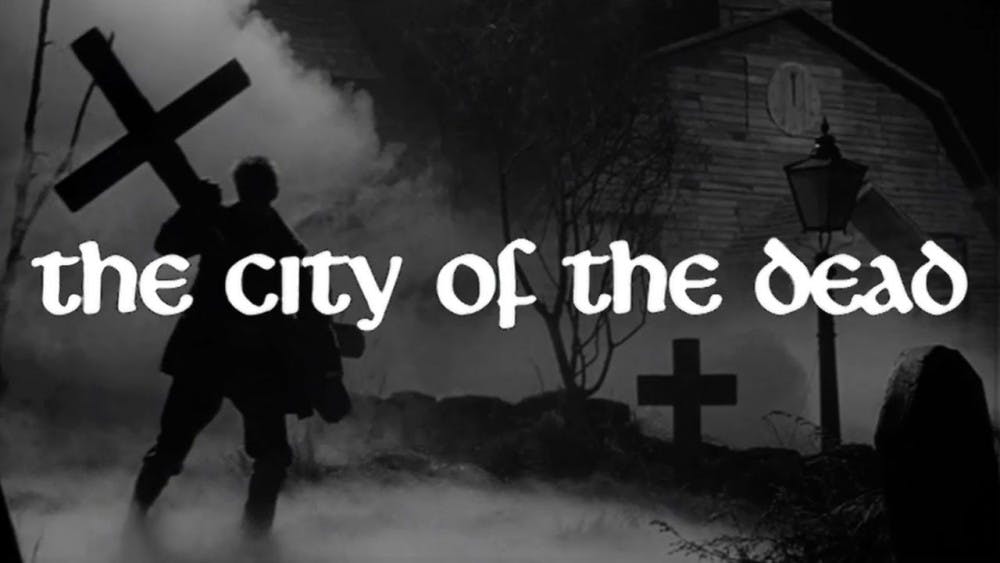You've probably celebrated the spooky season this month by binging the best of what horror has to offer. Sometimes the best is of the campiest sort like the Scream franchise or the nostalgic like Nightmare Before Christmas or Hocus Pocus. No matter what you watch, chances are it's not your first time seeing it. Behind all the familiar names, we found some hidden gems of horror, suspense, and thrills that you probably have never heard of. Here's one of our hipster picks of Halloween:
1960 was a remarkable year for horror movies with iconic titles like Psycho, Eyes Without a Face, and The Little Shop of Horrors as well as strong adaptations of Poe and some delightful B-movie fare. With these hits immortalized by their popularity, innovation, and parade of copy-cats, many of these films have stuck around for us. With 1960’s spike in sheer quantity of horror movies, some quality films have been lost to the whims of popularity (until they inevitably resurface on Svengoolie, that is).
One such film, The City of the Dead, is an interesting case as it toes the line between kitschy genre piece and compelling, unsettling “what if” about modern witchcraft. The City of the Dead begins with a full-on 1692 witch burning in the fictional Salem stand-in town of Whitewood, Massachusetts. As they light the fire beneath the witch, she calls out to Lucifer offering to act as his servant and inflict an eternal cycle of evil upon the town in exchange for the immortality needed to do so. Her wild laughter as she burns knowing her compact with the devil has been sealed is one of the film’s most haunting images. This scene sets up the film’s particularly interesting interpretation of the witch trails: that, whether those burned were witches or not (in this case she certainly was), the land itself is cursed by the townsfolk’s violence in 1692 and is resigned to a future of fear and predatory violence with the tables turned.

Image from The City of the Dead
After this cold open, we jump to an intense lecture about witchcraft from Professor Alan Driscoll (Christopher Lee with an unsettling, intense suavity) that alludes to - with an off-putting certainty - the supernatural elements at play in the Whitewood witch-hunt. After the lecture a student, Nan Barlow, approaches him about taking on her senior thesis research in the sleepy, generally eerie town of Whitewood.

Image from Aveley Man
In the early portions of her visit it’s quite easy for the audience to shrug off the scares as horror tropes, but underneath every predictable scare is a building knowledge that Nan, for all her charm and endearing scholarly enthusiasm, will not be leaving Whitewood. At only 77 minutes, the film is a sprint. As soon as she arrives in Whitewood, we see that the innkeeper is the witch from the cold open and dread sets in. From there, every foreshadowing detail laid out is almost immediately brought to fruition. While this may seem like shoddy storytelling, it becomes a point of acute fear for the viewer – to know exactly what is going to happen and simply wait.
The breakneck pace at which Nan’s doom approaches makes her a particularly interesting horror heroine. She is smart, but she is simply unable to put together the pieces because she doesn’t have enough time. The crux of the horror in The City of the Dead is how much the audience knows compared to how little time the protagonists have to reach the same realizations.
Strangely, The City of the Dead happens to share a lot of its DNA with Alfred Hitchcock’s Psycho. With a remarkably similar plot structure to Psycho (bait-and-switch plotline, unknowingly trapped heroine, and sudden climax), The City of the Dead could easily be written off as one of the many Psycho copycats from the early 60s. The City of the Dead, however, had its initial European release in September of 1960 – the same month as Psycho. It’s bizarre to think that such similar interesting subversions of the traditional genre structure would occur at nearly the same time an ocean apart.

Image from Wikimedia Commons
Perhaps The City of the Dead has been eclipsed simply because it had the misfortune of competing with Psycho and only coming to the United States three years later under the more marketable (Psycho-derivative) name Horror Hotel.
If you’re willing to stray from the beaten path of straight-to-Netflix slashers and Blumhouse hauntings, there are some genuine frights to be found in The City of the Dead.
Sources: Svengoolie, The City of the Dead
Images: Wikimedia Commons, Aveley Man, The City of the Dead
For more entertainment related content, visit us at Byte Bsu!




















